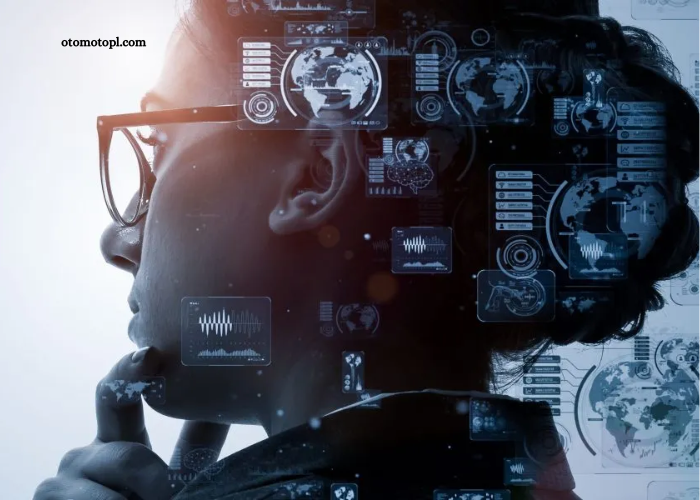
AI Advancements: Unlocking the Enigma of Language Comprehension and Image RecognitionAI Advancements: Unlocking the Enigma of Language Comprehension and Image Recognition In an era marked by technological leaps and bounds, Artificial Intelligence (AI) stands as a vanguard, pushing the boundaries of human ingenuity. Recent breakthroughs in language comprehension and image recognition are testament to the transformative power of AI, unlocking new horizons in communication and visual interpretation. Language Comprehension: Bridging the Gap Between Humans and Machines Natural language processing (NLP) has made significant strides in enabling machines to understand and generate human language. AI-powered language models, such as GPT-3 and BERT, have demonstrated remarkable abilities in tasks ranging from machine translation to question answering. These models are trained on vast datasets of text, allowing them to extract complex patterns and nuances in language. This advancement has profound implications for human-computer interaction. AI assistants can now engage in natural conversations, provide personalized customer support, and assist in writing and editing tasks. Moreover, NLP enables the analysis of large volumes of text data, leading to insights into public opinion, sentiment analysis, and market research. Image Recognition: Seeing the World through the Eyes of AI Computer vision has also witnessed exponential growth, with AI algorithms now capable of interpreting images with astonishing accuracy. Deep learning techniques have revolutionized object detection, image classification, and facial recognition. AI-powered systems can identify objects, detect anomalies, and even predict future events based on visual input. This capability extends to medical imaging, where AI algorithms are used to detect diseases earlier and more accurately than human experts. In the realm of security, AI-powered surveillance systems enhance public safety by identifying suspicious activities and potential threats. The Future of AI: A Tapestry of Possibilities The convergence of language comprehension and image recognition opens up a vast landscape of possibilities. AI systems can now interact with the world in a truly multimodal manner, combining visual and linguistic cues to enhance their understanding. This has applications in areas such as autonomous driving, robotics, and human-AI collaboration. As AI continues to evolve, we can expect even more transformative advancements. Language models will become more sophisticated, enabling us to communicate with machines in a seamless and intuitive way. Image recognition systems will expand their capabilities, empowering us to explore the visual world in unprecedented depth. Conclusion The recent AI advances in language comprehension and image recognition are a testament to the boundless potential of technology. These breakthroughs are paving the way for a future where humans and machines collaborate seamlessly, enhancing our capabilities and unlocking new frontiers in innovation. As AI continues to evolve, it is essential to embrace its transformative power while fostering a responsible and ethical approach to its application.
Posted inNews